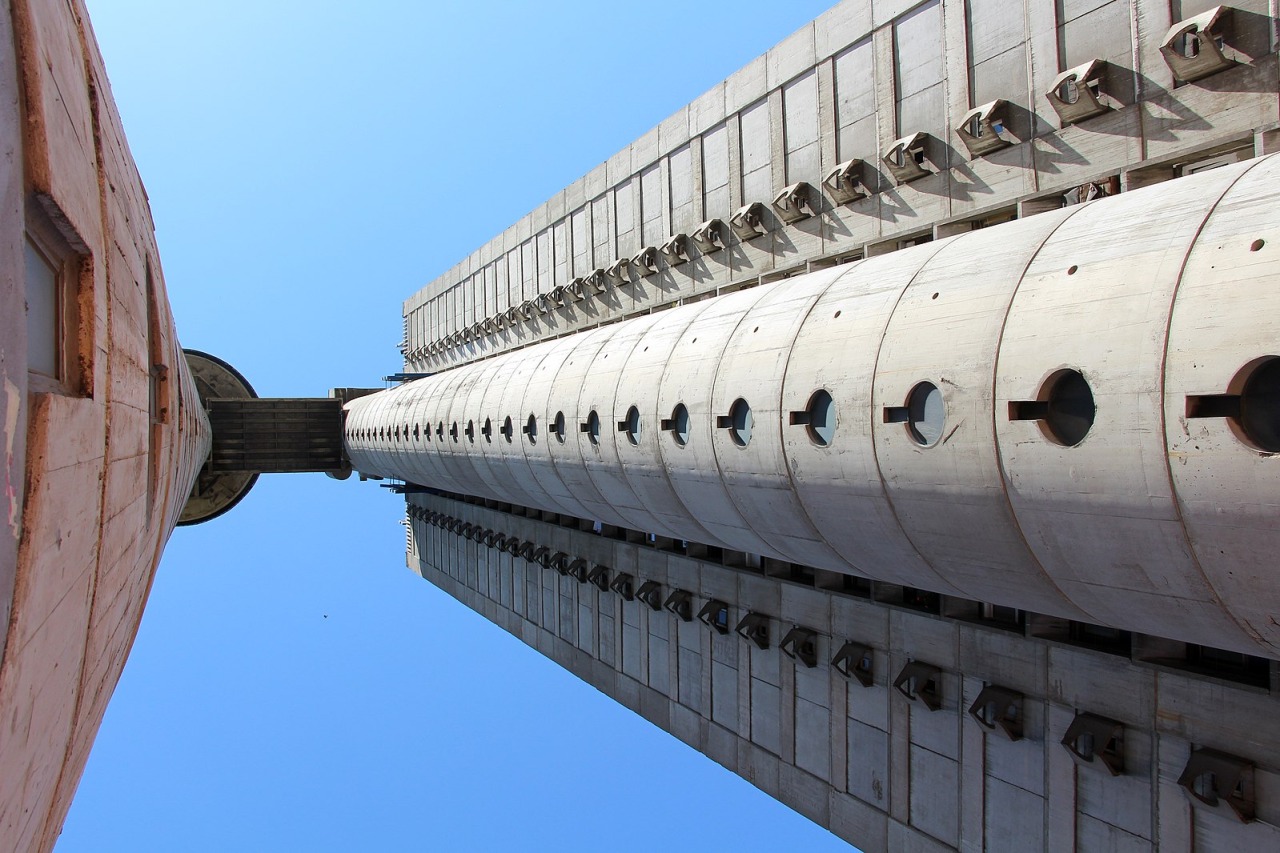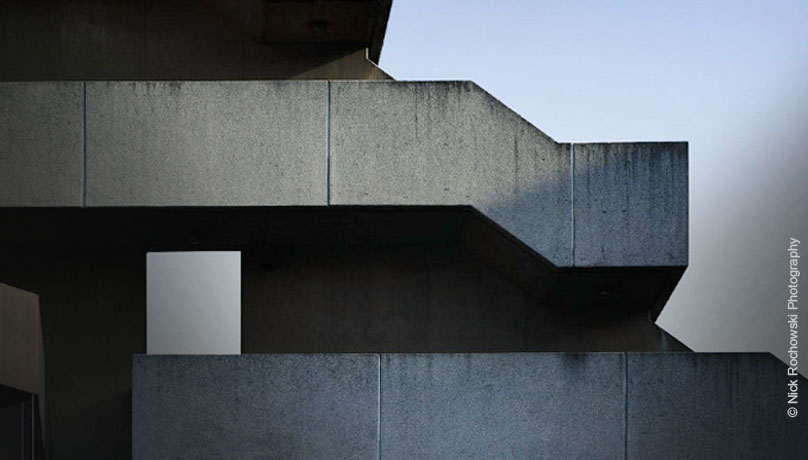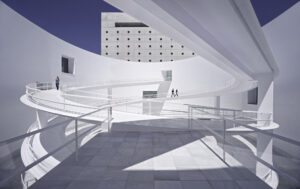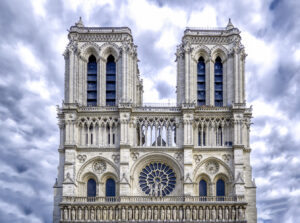Brutalism, a raw, uncompromising architectural style characterised by exposed concrete and colossal forms, dominated the world in the middle of the 20th century. It was written off as icy, unchanging, and a representation of a failing paradise for many years. However, the discussion has shifted in 2025. Brutalist architecture is rapidly evolving from a specialised aesthetic fad to the neglected blueprint—the very soul—necessary to address the most urgent problems of our day, which include the intertwined crises of affordable housing and climate change.
This is the next big story in 21st-century “liberal” architecture. We must see past the drab concrete and rediscover the tremendous compassion that is at the heart of the style if we are to comprehend it.
The Savage Heart: Examining the Founders of Brutalism’s Compassion
From the ruins of post-war Europe, brutalism arose. It was created for societal reasons rather than out of a desire for severity. The term was intended to convey honesty and was drawn from the French béton brut (“raw concrete”).
The pioneers aimed to provide dignified, quick, and long-lasting housing for the masses, including Le Corbusier with his Unité d’Habitation and Alison and Peter Smithson with their “Street in the Sky” proposal. Only when it came to adornment and elitism was the reasoning barbaric. It was an unreserved rejection of superfluous ornamentation in favour of a striking structure that made its components and purpose visible to everyone.
The emotional centre that is still relevant today is this initial goal: architecture for the group, not the individual. The ambition of the Brutalist mega-structure is once again in the spotlight as global cities deal with an unparalleled demand for high-density living. We are discussing the fundamental entitlement to a high-quality, long-lasting public place, not merely a particular style.
 Brutalist Parris Blue Crow Medla
Brutalist Parris Blue Crow Medla
The 2025 Dilemma: Controversy, Climate, and Concrete
The environmental cost is the first thing that must be addressed in any talk of a brutalist renaissance. The manufacture of conventional concrete contributes significantly to global carbon emissions. This reality has long served as the moral basis for demolishing these enormous buildings.
But there is a strong counterargument in the 2025 architectural debate: the Embodied Carbon Argument.
The total greenhouse gas emissions related to a building’s construction, from the extraction of materials to transportation, is known as the building’s embodied carbon. All of the carbon contained in the materials of an existing, enormous structure, such as a Brutalist social housing block, is immediately wasted when it is demolished, and the construction of a successor results in a significant new carbon footprint.
Preservation is the ultimate green deed, according to the new, genuinely radical, and liberal narrative. It is an enormous act of climate action to save a building like Boston City Hall or London’s Trellick Tower.
Architects are now promoting adaptive reuse, demonstrating that these massive concrete structures can be turned from energy-wasting waste into sturdy, low-carbon assets for the coming century with the help of solar technology, energy-efficient windows, and contemporary insulation.
 London’s Trellick Tower Architects: Erno Goldfinger
London’s Trellick Tower Architects: Erno Goldfinger
The Spirit of Renewal: Two Trends in Architecture That Will Shape 2025
Two major movements that are influencing architectural blogs and journals in 2025 are Eco-Brutalism and Soft Brutalism, which are actively enhancing and humanising the Brutalist revival.
Eco-Brutalism: Graphene and Green Walls
Eco-Brutalism incorporates strict sustainable design while preserving the original style’s colossal scale and raw shapes. This is far more than a couple of potted plants.
- Materials: Creative architects are replacing conventional concrete with low-carbon substitutes like hempcrete, recycled aggregate concrete, or even newly developed graphene-enhanced concrete, which significantly lowers material requirements while boosting strength.
- Biophilic Integration: Brise-soleils and lush vertical plants are being installed on massive concrete facades, transforming the buildings into living, breathing urban filters that passively cool by using the mass of the structure. With its individual gardens and modular boxes, Moshe Safdie’s Habitat 67 is seen as the model for combining high-density living with critical green space rather than as a relic.
Habitat 67 Photo © Timothy Hursley
Soft Brutalism: Using Texture to Show Dignity
The humanising of the aesthetic is the most obvious tendency. The psychological remedy for the apparent coldness of the original style is soft brutalism. The goal is to add warmth and texture while maintaining the integrity of the structure.
To accomplish this equilibrium, designers are employing material juxtaposition in both new construction and remodelling projects. Rich, warm-toned metals, soft textiles like velvet and wool, and light salvaged timber are purposefully combined with raw concrete walls. Curved concrete walls that feel more geological than institutional occasionally take the place of the angular geometric shapes. The goal is to build a monument with a welcoming heart—spaces that are both emotionally and physically grounded.

Soft Brutalism: Using Texture to Show Dignity /Source: ko-fi.com
A Novel Worldwide Framework: Exceeding the Barbican
In order to properly embrace the ‘liberal narrative,’ we need to shift the focus of the blog away from the well-traveled routes of Paris and London. The most interesting tales for 2025 are found in the strong but exposed brutalist legacies in Asia, Latin America, and the former Eastern Bloc.
Brutalism, which represented a collective recovery, was the post-disaster renewal style in places like Skopje, North Macedonia. Large buildings like the Genex Tower symbolised the Soviet Union’s desire to serve its citizens in Belgrade, Serbia, and other Soviet states. Le Corbusier-inspired architects in India used the design to build new libraries and institutions that serve as emblems of the country’s post-colonial development.
The market, the library, the institution, and the home are all handled with the same structural gravity and design ambition, highlighting how Brutalism was inextricably linked to the concept of collective space. Modern urban centres, which have been shattered by consumerism and privatisation, are in dire need of regaining this emphasis on collaborative, excellent public architecture.
 Genex Tower, photo: Fred Romero from Paris, France, CC BY 2.0 creativecommons.org/licenses/by/2.0, via Wikimedia Commons
Genex Tower, photo: Fred Romero from Paris, France, CC BY 2.0 creativecommons.org/licenses/by/2.0, via Wikimedia Commons
The Future Is Not Completed
In 2025, brutalist architecture is undergoing a political and environmental reassessment rather than merely having a fad. It is now a representation of architectural perseverance rather than architectural failure.
The power of the style to compel an open discussion about our priorities is its ruthless legacy. We must go past the grey aesthetic if we want housing that is affordable, long-lasting, and functional—if we want to be truly green by conserving the enormous carbon investment of the past. The uncompromising spirit of brutalism, a combative architectural language that demands quality and dignity for everyone, must be embraced. The raw concrete story of the 21st century is still being written, and it is a story of hope.
For more blogs like this CLICK HERE!!
Reference:





